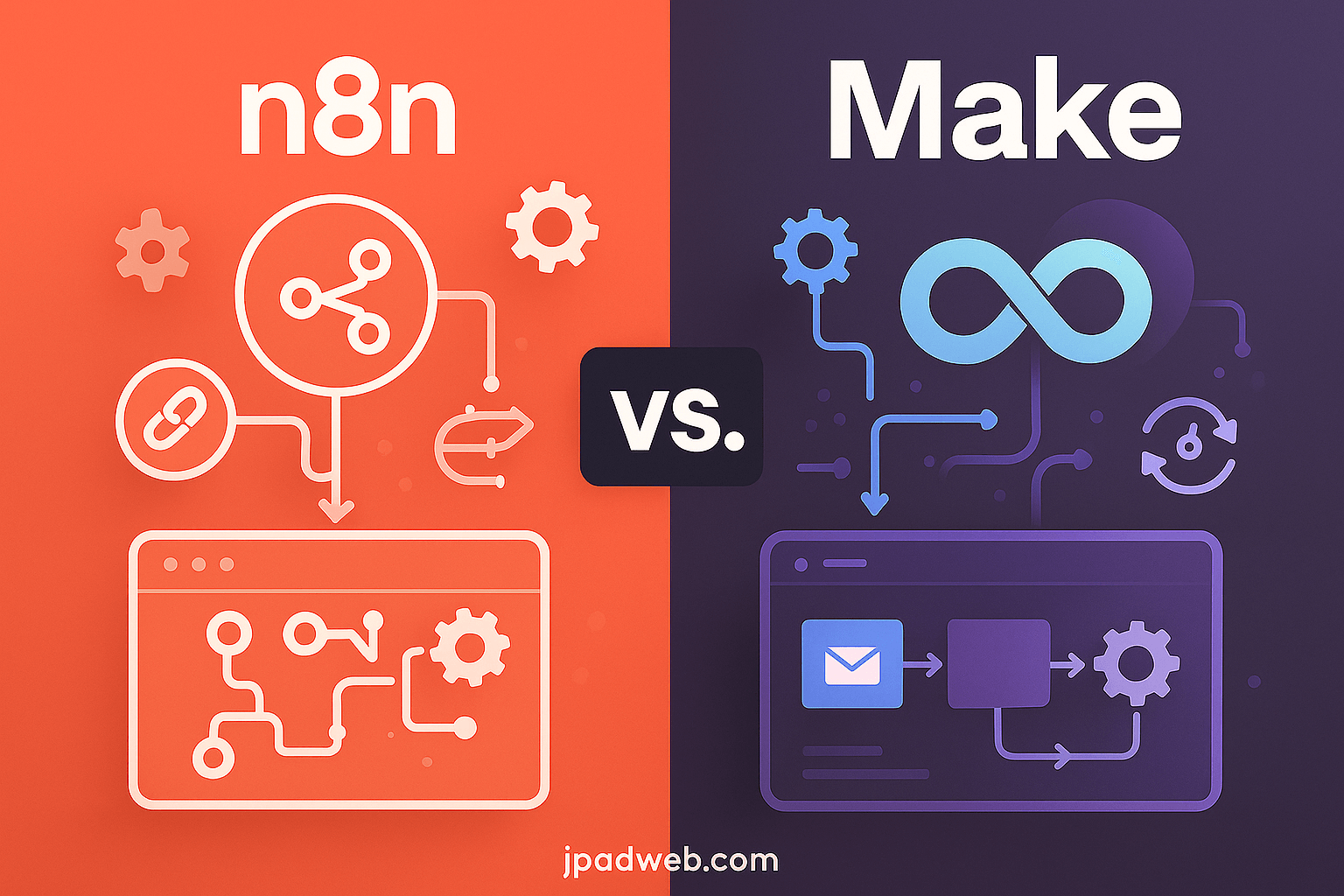In today’s digital landscape, designing a website with a mobile approach is no longer optional—it’s a necessity. With more than half of all web traffic coming from mobile devices, ensuring your website is optimized for mobile users is crucial for improving user experience, increasing engagement, and boosting SEO rankings. In this ultimate guide, we’ll explore what mobile web design is, why it matters, and how to implement it effectively.
What is Mobile Web Design?
Mobile web design is a strategy that prioritizes designing for smaller screens, such as smartphones and tablets, before scaling up to larger devices like desktops. This approach ensures that the most critical features and content are accessible and user-friendly on mobile devices.
Why Mobile Design Matters?
- Improves User Experience (UX): With a mobile approach, you can create a seamless experience for users, leading to longer site visits and lower bounce rates.
- Boosts SEO Rankings: Google uses mobile indexing, meaning it primarily considers the mobile version of your website for ranking purposes. A mobile-optimized website can significantly enhance your search engine performance.
- Increases Conversion Rates: A well-designed mobile site simplifies navigation and calls to action, making it easier for users to convert, whether that’s making a purchase, signing up for a newsletter, or filling out a form.
Key Principles of Mobile Web Design
- Simplicity is Key: Keep the design clean and minimalistic. Prioritize content and functionalities that are most important to your users.
- Responsive Design: Use flexible grids, layouts, and images to ensure your site adapts to different screen sizes.
- Fast Loading Speeds: Optimize images, minify code, and leverage caching to ensure your website loads quickly on mobile devices. Mobile users expect fast performance, and page speed is a crucial factor in SEO.
- Touch-Friendly Navigation: Design buttons and links large enough for easy tapping. Avoid hover effects, which don’t work well on touchscreens.
- Readable Text: Use legible font sizes and styles to ensure content is easy to read without zooming or scrolling.
How to Implement a Mobile Strategy
- Start with Mobile Wireframes: Begin the design process with wireframes optimized for mobile screens, then expand to larger devices.
- Optimize Content for Mobile: Use shorter paragraphs, bullet points, and concise headings to make content easier to consume on smaller screens.
- Test on Multiple Devices: Regularly test your website on various devices and browsers to ensure a consistent and responsive user experience.
- Leverage Mobile CSS: Use CSS media queries to apply styles specifically for mobile devices, enhancing the responsiveness of your website.
Best Practices for Mobile Web Design in 2024
- Utilize Scalable Vector Graphics (SVGs): SVGs are resolution-independent, ensuring that images look sharp on all devices.
- Integrate Accelerated Mobile Pages (AMP): AMP enhances mobile page speed, improving user experience and potentially boosting your SEO.
- Implement Lazy Loading: Delay the loading of non-critical elements, such as images and videos, until they are needed. This reduces initial page load time and improves performance.
Conclusion
Adopting a mobile web design approach is crucial in 2024 and beyond. By focusing on mobile users, you can create a website that is not only visually appealing but also highly functional, ensuring a superior user experience that translates to better engagement, higher conversions, and improved SEO rankings.
Key Takeaways
- Prioritize Mobile Optimization: Begin your design process with a mobile approach.
- Enhance User Experience: Use clean design, fast loading times, and touch-friendly navigation.
- Boost Your SEO Strategy: Ensure your website is mobile-friendly to improve search engine rankings.






